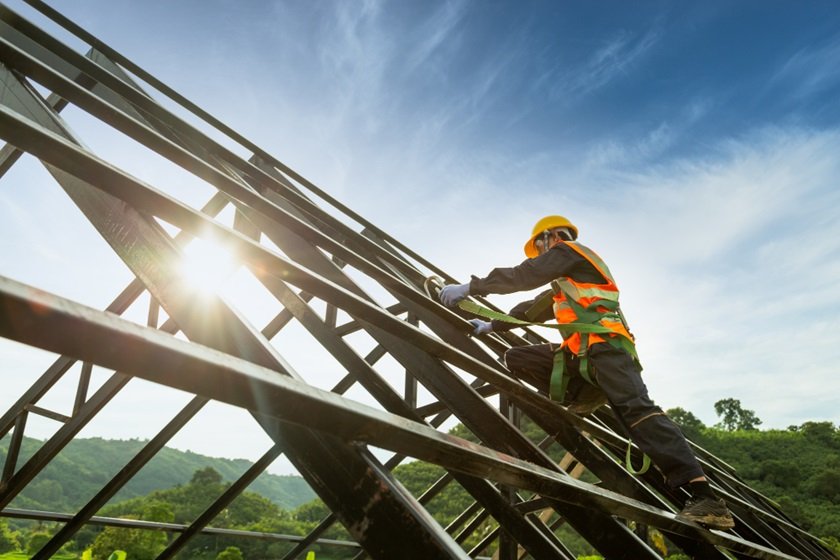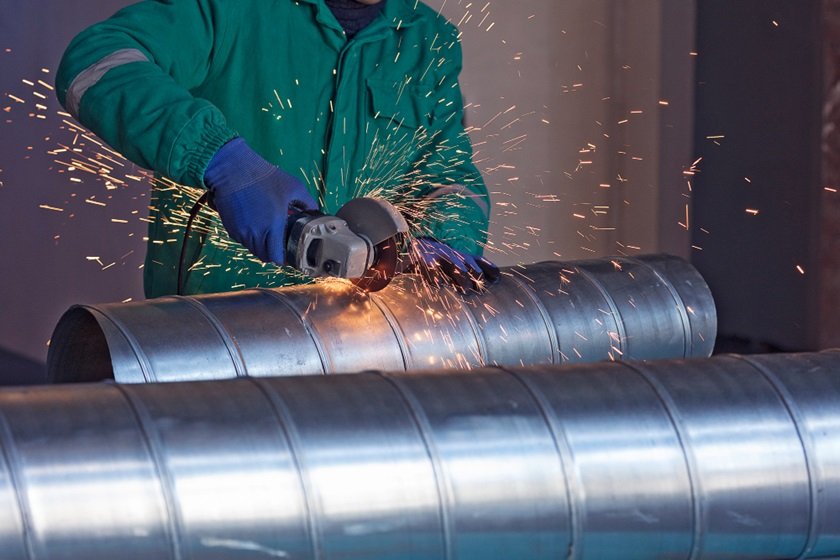Welding plays a crucial role in construction, enabling the fabrication and assembly of structural components to create buildings, bridges, and infrastructure. However, several challenges are inherent to welding in construction, which must be addressed to ensure the integrity, safety, and quality of welded structures. Here are some of the key challenges faced in welding within the construction industry:
- Quality Control: Maintaining consistent weld quality is essential for structural integrity and safety. Variations in welding parameters, operator skill levels, and environmental conditions can impact weld quality. Proper training, certification, and adherence to welding procedures are essential to ensure uniformity and consistency in weld quality.
- Weld Inspection and Testing: Welded joints must undergo rigorous inspection and testing to detect defects such as cracks, porosity, incomplete fusion, and lack of penetration. Non-destructive testing (NDT) techniques such as ultrasonic testing, radiographic testing, and magnetic particle inspection are used to assess weld quality and detect hidden flaws. Proper inspection protocols and qualified inspectors are necessary to identify and mitigate welding defects.
- Welding Procedure Qualification: Developing and qualifying welding procedures is a critical aspect of construction welding. Welding procedures must be meticulously documented, tested, and qualified to ensure they meet applicable codes, standards, and specifications. Factors such as material type, thickness, joint design, and welding process must be considered when developing welding procedures.
- Welding in Challenging Environments: Construction projects often involve welding in challenging environments such as confined spaces, elevated heights, adverse weather conditions, and restricted access areas. Working in such environments requires careful planning, hazard assessment, and implementation of appropriate safety measures to protect welders and ensure work quality.
- Material Compatibility and Selection: Selecting the appropriate welding consumables and techniques for different materials and applications is essential to prevent compatibility issues and ensure weld quality. Factors such as material composition, thickness, and mechanical properties must be considered when choosing welding methods and filler materials.
- Joint Preparation and Fit-Up: Proper joint preparation and fit-up are crucial for achieving strong and durable welded connections. Inaccurate fit-up, gaps, or misalignment can lead to weld defects and compromise structural integrity. Pre-weld joint cleaning, beveling, and alignment procedures must be followed to ensure optimal weld quality and performance.
- Heat-Affected Zone (HAZ) Concerns: Welding induces localized heating, which can affect the mechanical properties of the base metal in the heat-affected zone (HAZ). Excessive heat input, rapid cooling rates, and thermal distortion can lead to undesirable changes in material properties such as hardness, toughness, and residual stresses. Proper welding techniques, preheating, and post-weld heat treatment may be required to mitigate HAZ concerns.
- Welding Safety: Welding operations pose various safety hazards, including exposure to hazardous fumes, ultraviolet (UV) radiation, electrical shock, and fire hazards. Adequate ventilation, personal protective equipment (PPE), welding screens, and safety protocols are essential to minimize risks and ensure a safe working environment for welders and other personnel on the job site.
Addressing these challenges requires a comprehensive approach that encompasses proper training, quality assurance, adherence to standards and regulations, and a commitment to continuous improvement in welding practices and technologies. By overcoming these challenges, construction professionals can ensure the integrity, durability, and safety of welded structures, contributing to the success of construction projects.




